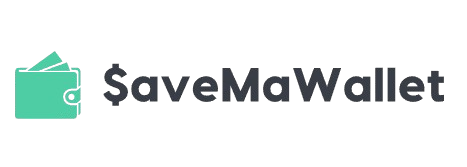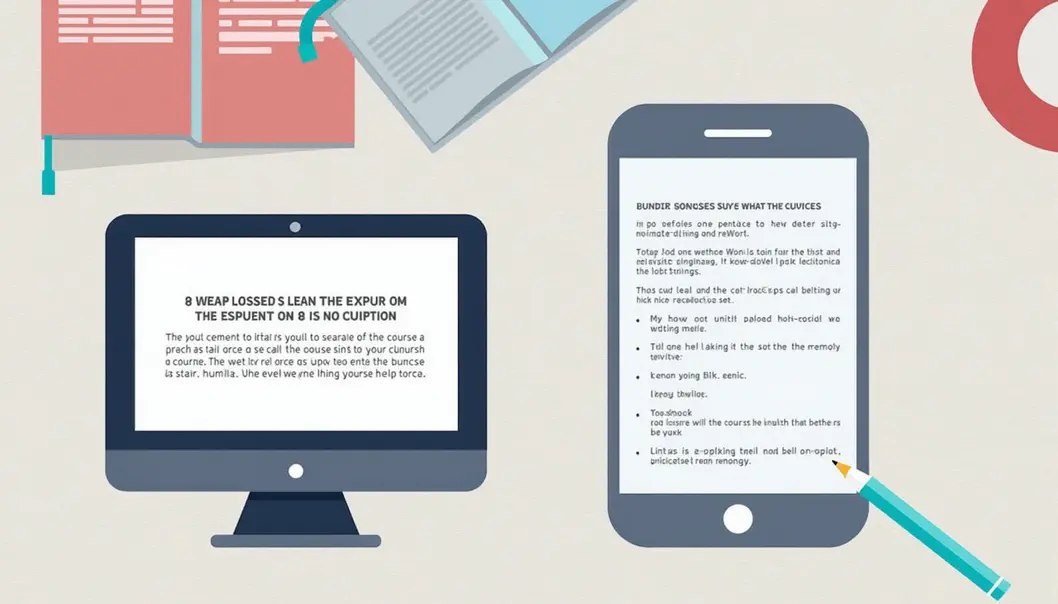In today’s digital landscape, sharing expertise is not only a sustainable way to empower others but can also become a lucrative income source. Online courses offer a flexible learning format that accommodates diverse learners seeking knowledge at their own pace. By constructing a well-planned course, you can position yourself as an authority in your field while generating passive income. This article will explore essential steps to guide you in building an online course, starting from choosing the right topic to effectively marketing it. Each component plays a vital role in ensuring your course resonates with potential students, guaranteeing both their satisfaction and your success.
Crafting Your Online Course: A Step-by-Step Guide to Success
Building an online course is not only a way to share your knowledge; it can also be a lucrative venture if approached thoughtfully. The process of crafting an online course involves several key steps, each vital to ensuring your course will meet the needs of your learners and generate income for you.
Choosing Your Course Topic and Defining Objectives
The first step in creating an online course is to pinpoint your course topic. This topic should ideally lie at the crossroads of a few critical elements—what you are passionate about, what you’re knowledgeable in, and what learners are actively seeking to understand. It’s essential to incorporate your personal interests to maintain motivation throughout the course development process. Furthermore, defining clear learning objectives for your course helps structure the content effectively. For each lesson or module, identify what you want your students to achieve by the end.
Planning Your Course Structure
Once your topic and objectives are clear, begin outlining your course. Break your content down into distinct sections, modules, and lessons to create a logical progression of information. This structured path will help learners build their knowledge step-by-step. Consider utilizing diagrams or mind-mapping tools to visualize how each segment connects, ensuring a cohesive educational experience. An organized outline serves as the backbone of your course, helping you maintain focus as you create content.
Creating Engaging Content
Developing engaging course materials is crucial to keeping learners interested and actively participating. Think about incorporating diverse formats to cater to different learning styles. Video lectures, for instance, can create an engaging, dynamic learning environment. Alongside videos, include slideshows, reading materials, quizzes, and practical assignments. Emphasizing interactive elements within your course not only enhances the learning experience but also helps learners retain vital information. Multimedia content can keep students motivated and interested in progressing through your course materials.
Choosing the Right Platform
With your course content planned out, it’s time to select a hosting platform. There are numerous options available—from dedicated course platforms like Thinkific to building your own site using WordPress with Learning Management System (LMS) plugins. Each choice has its advantages and potential drawbacks. If you value full creative control over your course and payment process, self-hosting might be the best route. Alternatively, if you prefer a straightforward, user-friendly setup, consider established platforms that simplify the technical aspects of course creation.
Building Your Website
If you choose to self-host, your next step is to create your website. Begin by registering a domain name that reflects your brand and course topic. The website will serve as your students’ gateway to your course materials. Choose a reliable web hosting service and install WordPress or another content management system (CMS). Your website should be carefully designed to be user-friendly, ensuring that learners can easily navigate between different course materials and modules.
Uploading Content and Configuring Course Features
With your site ready, it’s time to upload the course content. As you add lessons and resources, familiarize yourself with the platform’s features—setting up quizzes for assessments, configuring project assignments, and creating certificates of completion can enhance the learning experience. Make sure to include mechanisms to track student progress, like grade books, so you can monitor engagement and adapt your approach if needed.
Setting Pricing and Payment Methods
Establishing a pricing strategy is critical for monetizing your course. Decide whether you want to charge a one-time fee or implement a subscription or membership model. It’s also crucial to seamlessly integrate payment gateways on your platform, making it easy for prospective students to enroll. Pricing can vary widely based on your audience and the perceived value of your course, so consider conducting market research to determine an appropriate price point.
Testing and Previewing Your Course
Before launching your course to the public, conduct a thorough test to ensure everything functions properly. Check navigation between lessons, functionality of videos, accuracy of quizzes, and the smoothness of the payment process. A polished user experience will speak volumes about your professionalism and increase student satisfaction. Gather feedback from beta testers who can provide insights regarding any remaining issues or areas for improvement.
Launching and Promoting Your Online Course
With everything in place, you are ready to launch your course! But even the best course will fall flat without effective marketing. Develop a comprehensive promotional strategy to create awareness about your course. Utilize social media channels to reach prospective learners, engaging them with sneak peeks of course content and promotional offers. Email newsletters can also be powerful in maintaining excitement and informing potential students about registration details. Consider search engine optimization techniques if you are hosting your website, as this can attract organic traffic. Collaborating with influencers in your niche can expand your reach and lend credibility to your offering.
In Summary
Creating an online course involves several structured steps. From selecting a compelling topic and organizing course content to testing features and launching, each step plays a critical role in building an engaging and profitable learning experience. Ultimately, investing time in these stages will not only help you share your valuable knowledge but also position you as an authority in your field, while generating passive income. By approaching these tasks thoughtfully and strategically, you will pave your way towards a successful online course that resonates with learners and fulfills their needs.
For those interested in lifelong financial learning, consider exploring financial literacy resources that can enhance your knowledge base while creating a course aimed at financial wellness.
Final thoughts
Creating an online course is a rewarding journey that combines knowledge sharing with potential financial benefits. By following the steps outlined, you can not only impart valuable skills but also establish your credibility in your field. Embrace the opportunity to impact others while generating income, transforming your expertise into a thriving online course.
Ready to take the next step? Start creating your online course today and unlock new income opportunities!
Learn more: https://savemawallet.com
About us
Subscribe for free to receive unique insights, strategies, and resources on building your online course and making smarter financial decisions.


Leave a Reply
You must be logged in to post a comment.